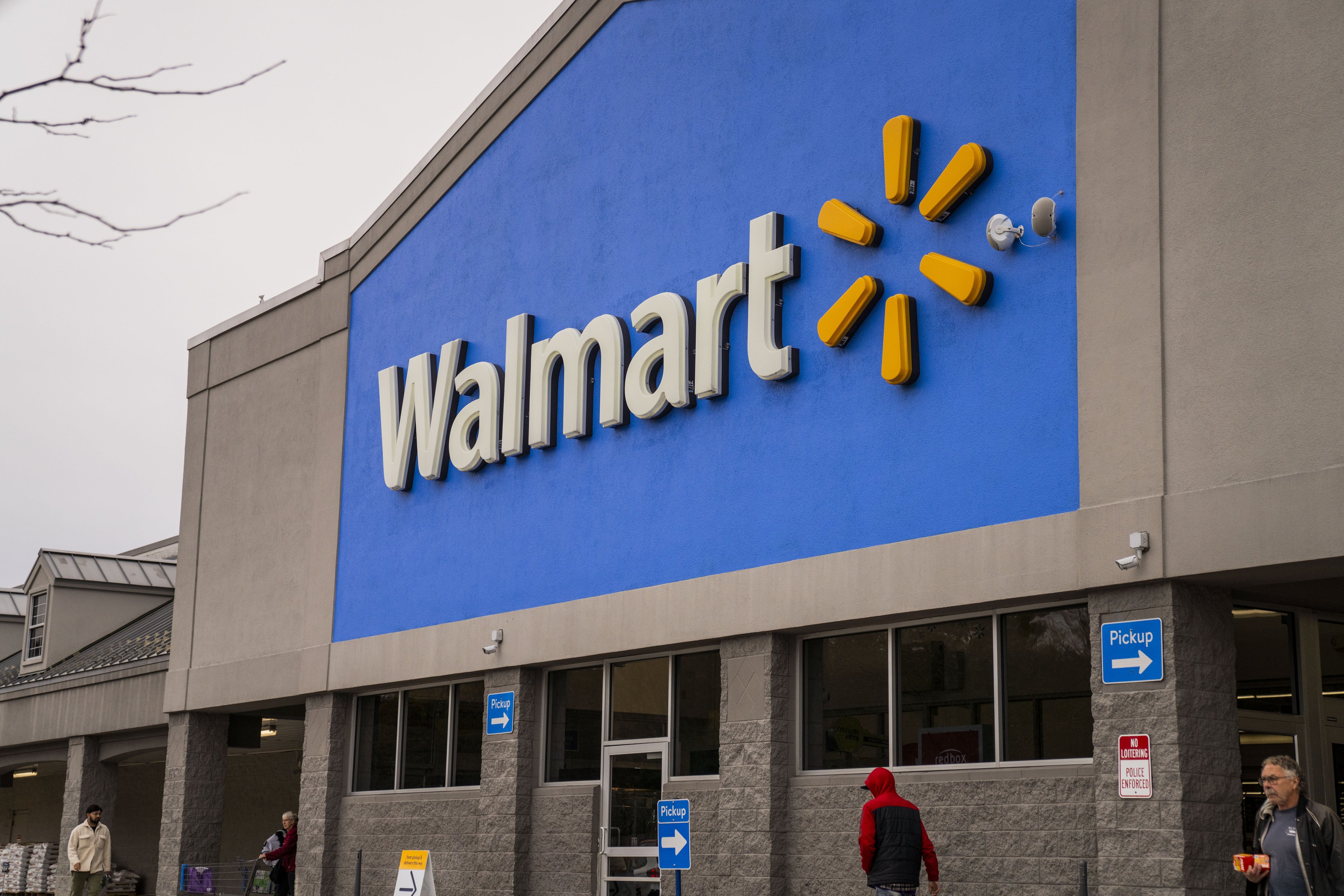Wal-Mart (WMT 0.42%) vs. Amazon (AMZN 0.73%) has become the retail version of a heavyweight boxing title fight. The two companies clearly dominate all other rivals, but when matched up together, it's unclear which one will win.
For a long time, Amazon was the relentless contender moving steadily on what seemed like an inevitable march to the title. At the same time, Wal-Mart looked like a cagey, old veteran hanging on, but heading for an inevitable fall.
That changed in October 2016 when Wal-Mart spent $3.3 billion buying Jet.com and installing its CEO, Marc Lore, as head of all of its digital operations. That deal was questioned at the time, but it has proven to be transformative for the established retailer.
Lore and his team injected start-up thinking into a mature enterprise. The new way of thinking is focused on serving customers however they want to be served. That has made it possible for the retailer to integrate its digital and brick-and-mortar businesses, a model it will put to new tests this holiday season.

Wal-Mart has changed how it operates to better compete with Amazon. Image source: Wal-Mart.
How is Wal-Mart going after Amazon?
Amazon has perfected the digital game. The company has made two-day delivery an accepted norm and it delivers on customer expectations nearly flawlessly.
To compete with that, Wal-Mart has more than 2 million items available for free two-day shipping in orders over $35. That's still about 48 million less than the number of items for which Amazon offers two-day shipping to its Prime members, but Wal-Mart claims it will include "some of the hottest products of the season."
Wal-Mart is also doing something Wal-Mart can't: leveraging its physical presence. The retailer has nearly 4,700 locations in the U.S., dramatically more than the 474 Whole Foods locations and the handful of stand-alone bookstores Amazon has. Even with some Kohl's locations taking returns for the online retailer, Wal-Mart has a big edge in brick-and-mortar.
To take advantage of that, Wal-Mart is blurring the line between physical and digital. It's offering same-day, in-store pickup of online orders, along with dedicated kiosks to facilitate that in some locations. It also takes in-store returns of online orders and has dedicated customer service employees "wearing festive reindeer hats" who will help customers picking up orders, according to a company press release.
Wal-Mart is also offering a "pickup discount" on eligible online-only items. This means that customers willing to have an order delivered to the store instead of their homes will actually pay less. That's a smart idea by the company that helps it save on shipping while also offering customers something in return.
Wal-Mart is being clever
Amazon's lead in items stocked can't be overcome in a year or maybe even in a few years. And Wal-Mart has a long way to go when it comes to catching up in efficiency in regards to delivering individual orders to homes versus supplying full stores.
To compensate for that, Wal-Mart is leaning on what it does have -- stores near where most Americans live. It's using those brick-and-mortar locations to create a true omnichannel shopping operation. Customers can pick and choose how they buy and return items to the retailer and the company is banking on the idea that people won't always have the same needs.
Wal-Mart isn't there yet. Many of its ideas need refining and to be put to the test of a busy holiday season. Still, a company that once looked rooted in old ways of doing business has now become an innovator. That may not keep Amazon from taking some of its business, but it's clear that Wal-Mart isn't going down without an epic fight with the outcome now being very much in question.







